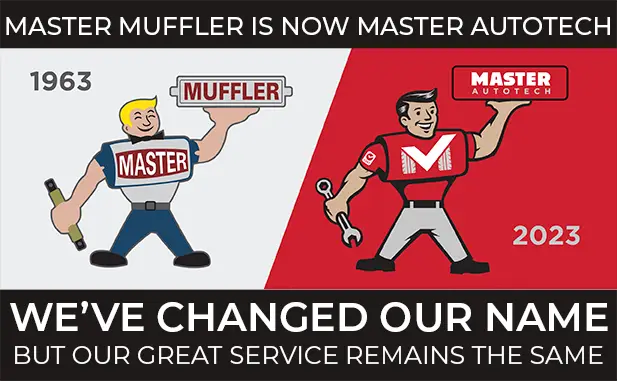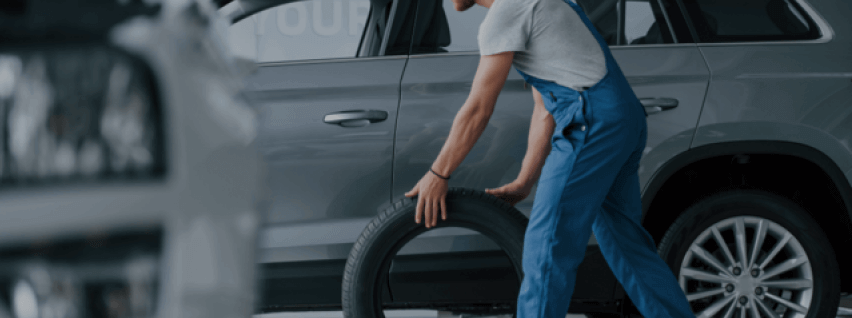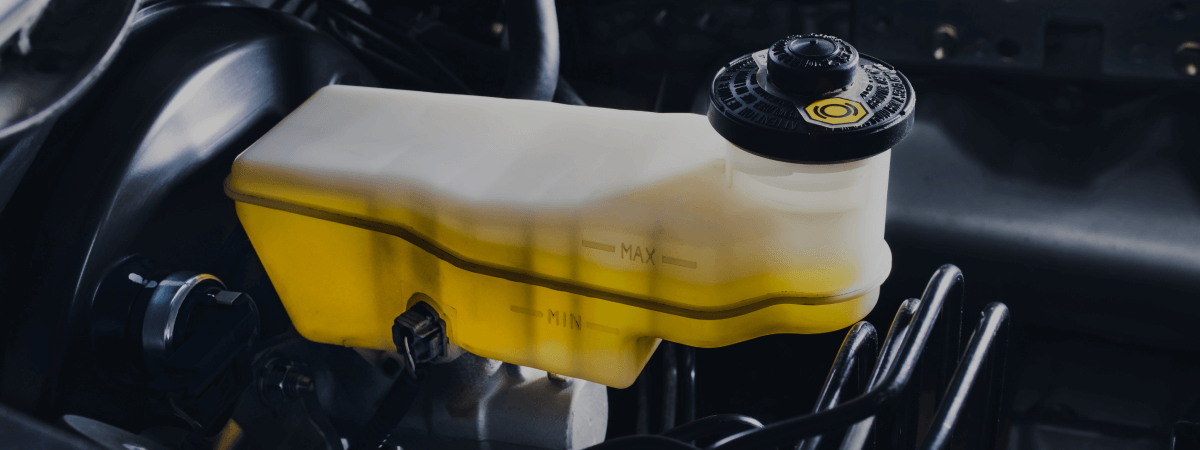
We have all experienced the fret of looking down at our speedometer and seeing an illuminated warning light on the dashboard. Thoughts of engine failures and costly repairs swarm the mind even to the point of ruining a day. The fact of the matter is that while these things should certainly not be ignored, they are often just a warning, not the sign of a costly issue. That being said, if you see a warning light pop up on the dash, bring your car to a trusted mechanic as soon as possible. But to ease the mind, here are some warning light basics from your auto repair experts at Orem Tunex.
1. Antilock Brake Warning
The ABS system in your vehicle is there to prevent your brakes from entirely locking when pressure is applied. Locked brakes cause the car to skid which makes the driver lose all control of the vehicle. Here are some reasons your ABS light could be on:
- The system is deactivated.
- Wheel speed sensors are broken.
- Low fluid levels.
- Malfunctioning ABS module.
2. Brake System Alert 
It’s no question that braking systems are perhaps the most important safety features that cars possess. If the brakes aren’t in good working order, it can put the driver in harm’s way. Here are some common reasons you may see the brake system light illuminate:
- Low brake fluid levels.
- Worn brake pads.
- Damage to the brake system.
- False alarm caused by an oversensitive warning system.
Even if you suppose it may be a false alarm, take your car in for an inspection. With brakes, it is definitely better safe than sorry.
3. Battery Warning
When your battery warning light comes on, this is an indication that your battery is no longer being charged by the alternator, and thus, running on its own power. When you see this light, it is only a matter of time before the battery dies, leaving you in need of a jump. When you see this warning light, it’s most likely time for a new battery. Act fast.
4. Engine Warning
The check engine light may be the one that inspires most distress. However, it doesn’t always mean disaster. Sometimes a fuel cap is loose or there is a minor leak. Although, sometimes it is a significant issue that needs immediate attention. According to CarMD, here are the top 10 most common check-engine vehicle repairs:
- Catalytic converter replacement
- Oxygen sensor replacement
- Spark plug replacement
- Loose fuel cap
- Mass air flow sensor replacement
- Ignition coil replacement
- EVAP purge control valve replacement
- Fuel injector replacement
- EVAP purge solenoid replacement
- Thermostat replacement
5. Tire Pressure Low
This light typically appears to alert you of either under inflation or over inflation of one or more tires on your vehicle. The manufacturer calibrates the sensors to match the standard recommendations for the vehicle and when the pressure reads outside of that recommended level, the sensors pick up on it. However, it is also quite common for overly sensitive sensors to provide false readings. At any rate, if you see this light, go ahead and get your pressure checked.
6. Oil Pressure Low
This is another light that requires immediate attention. If your car is running on low oil, it can lead to engine failure. Here are some of the reasons you may be seeing this light:
- Insufficient oil levels
- Engine wear
- Faulty oil pressure gauge
- Faulty oil pump
- Problems with filters
- Overheating Engine
7. Slip Indicator
The slip indicator light comes on when your tires aren’t contacting the road properly. This light is almost always an indication of poor road conditions as opposed to an indication of car problems. If you see this light, it most likely means you are driving on wet or icy roads and don’t have a good grip on the road. At times, it could indicate an issue with your traction control or vehicle stability system, though this is rare.
Come Visit Us
When it comes to warning lights, a good rule of thumb is: When in doubt, get it checked out. If you see a light come on, bring your car to your Orem auto care experts at Tunex for a diagnostic.
Related Posts
Key Takeaways On average, passenger vehicle tires last 40,000 to 60,000 miles, depending on type, driving habits, and maintenance. Replace tires when tread depth reaches 2/32”, if damaged, or older than 10 years. Regular rotation, alignment, and proper inflation extend tire life. Aggressive driving, poor roads, and harsh weather shorten tire lifespan. Take advantage [...]
When you think about car maintenance, you probably focus on oil changes, tire rotations, and maybe even brake pad replacement. But what about your brake fluid? If you’ve ever wondered, “What does brake fluid do?” or “Why is brake fluid important?”, you’re not alone. Brake fluid might not be the most talked-about part of [...]
Is that high-pitched squeal from your brakes driving you—and everyone else—crazy? Don’t ignore it. Squeaky brakes aren’t just annoying, they’re your car’s way of saying something needs attention. Whether you're cruising through Salt Lake City or winding up Idaho’s mountain passes, here’s what’s likely going on, how you can fix it, and when it [...]












